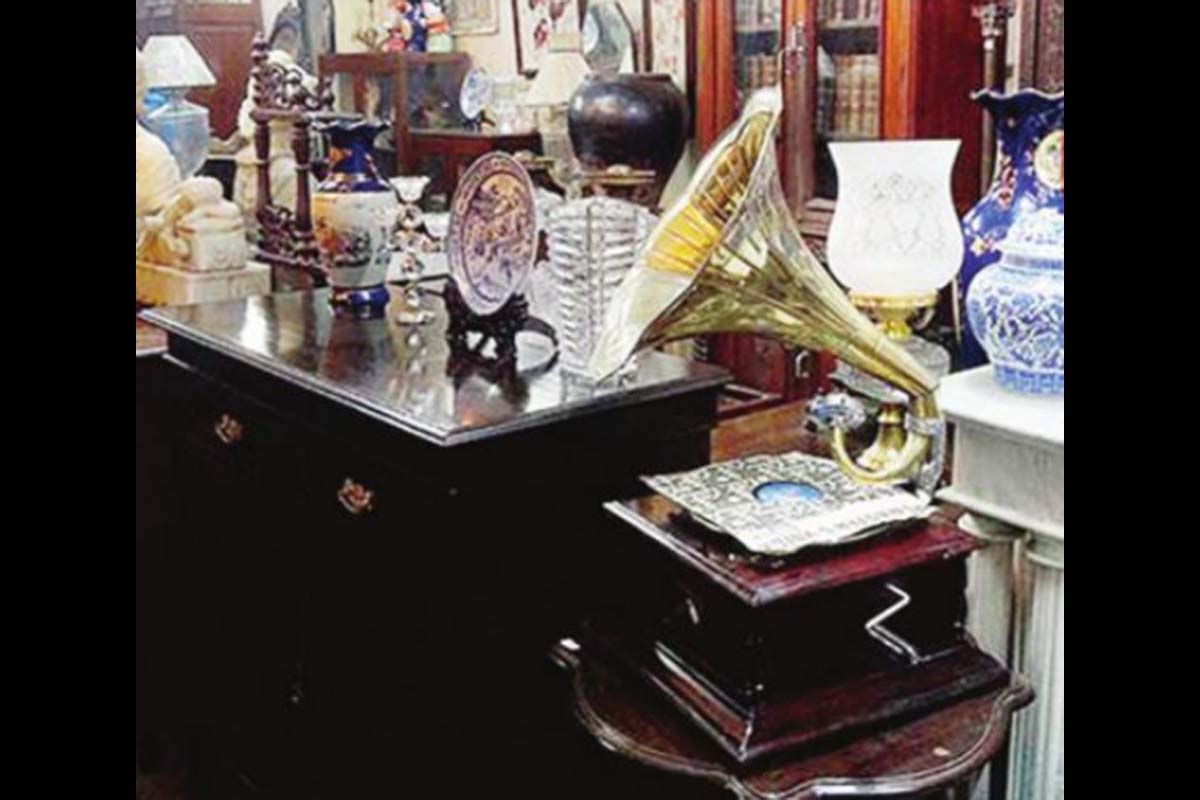When Shyam Benegal credited Satyajit Ray for revolutionizing Indian cinema
Shyam Benegal praised Satyajit Ray as the genius who redefined Indian cinema, leaving an unmatched legacy that transformed filmmaking.
Even in Satyajit Ray’s classic film Charulata, the binoculars are symbolic props.

Meet Bagwati is what Imraan Qureshi (Farhan Akhtar) said to Laila (Katrina Kaif ) while introducing her to the exorbitantly priced bag that he almost bestowed with its own personality. This iconic scene from Zindagi Na Milegi Dobara has elicited laughter among all.
While we remember the Hermes Kelly handbag, aka ‘Bagwati’ with its scarf, brown sunshades and hat, do we really remember what Imraan Qureshi was wearing? Movies like these, with their ingenious stars and masterfully woven storylines, often strike a chord with us; however, an iconic prop can sometimes steal the show by taking on a life of its own.
Advertisement
“Sonar Kella’s Nepali Kukri (a large Nepalese knife) or Feluda’s favourite cigarette brand, Charminar or his .32 Colt revolver are all iconic props that have a character of their own,” says Aritra Sengupta Bhattacharya, who has been associated with the production and direction of various Bengali films for years.
Advertisement
An insentient object, props are an integral component in a film. It not only interacts with the characters but is also used as a symbol to bring life to the storyline and can herald the changing of scenes. From art films to period pieces, auction house owners like Anwer Salim and Arshad Salim are integral for art directors.
As one of India’s oldest surviving auction houses and prop suppliers for movie sets, Russell Exchange is a gold mine of vintage furniture, antique lamps, periodic chandeliers, and much more. Their props have added timeless charm and aesthetics to the various movie sets.
“Our items have been used in film director Anik Dutta’s films and many others,” says Arshad Salim, owner of this legendary auction house.
A prop helps immerse the audience’s attention in the cinematic experience by visually indicating the period, location and time of the setting. It also helps signify the genre.
When it comes to our beloved Byomkesh Bakshi, we love how he styles his dhoti in an undecorated way, unlike the 1940s Bengal’s middle-class bhadralok.
However, what magnifies and strengthens his character as “satyanweshi” in the movies are the small yet highly non-trivial props like the cigarette case, the glasses and his firm grip on Bengali literature.
Even in Satyajit Ray’s classic film Charulata, the binoculars are symbolic props.
They act as a medium for Charu to view the outside mundane world, a complete deviation from the stagnant yet opulent life she was subjected to due to her marriage. Aritra Sengupta Bhattacharya believes props, costumes and sets are what create the perfect environment for filming.
She adds, “Props are mainly of two types: set props and acting props. While characters interact with both types of props, acting props become a part of the character’s personality. Props help the actors feel the part better. In the movie Sholay, the spike-soled shoes are a part of Thakur’s costume; however, the moment he uses them to injure Gabbar, they become a personal prop, a part of the character.”
While the ‘larger than life’ prop aspects are slowly taking a back seat, she believes that more and more films are resorting to outdoor shooting to add a level of realism and originality.
Advertisement